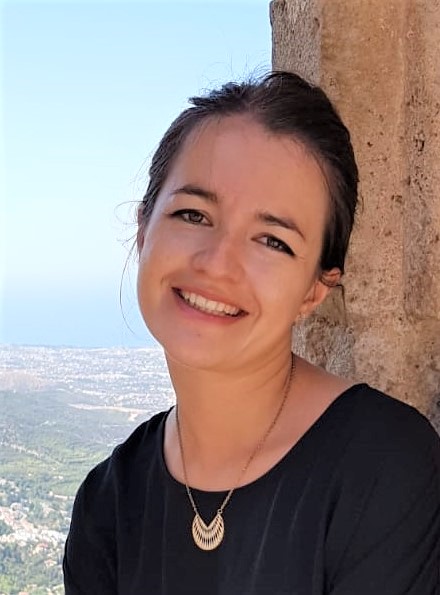Cited By
View all- Fischer PBürge TPlaciente Robedizo BEriksson CLorentz KBranca NCasa BVassallo VFlorindi SGasanova SHermon SAvial Chicharro LPeri EClark B(2022)The New Swedish Cyprus Expedition (The Söderberg Expedition): Excavations at Hala Sultan Tekke 2020 and 2021. Preliminary resultsOpuscula. Annual of the Swedish Institutes at Athens and Rome10.30549/opathrom-15-0215(7-76)Online publication date: 15-Nov-2022


